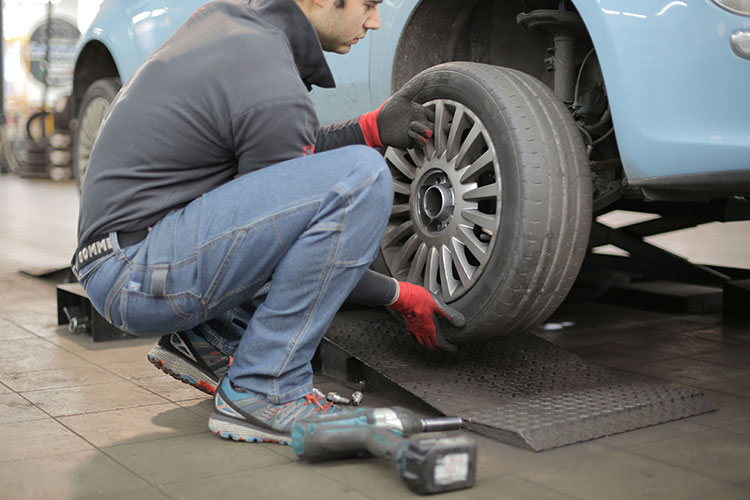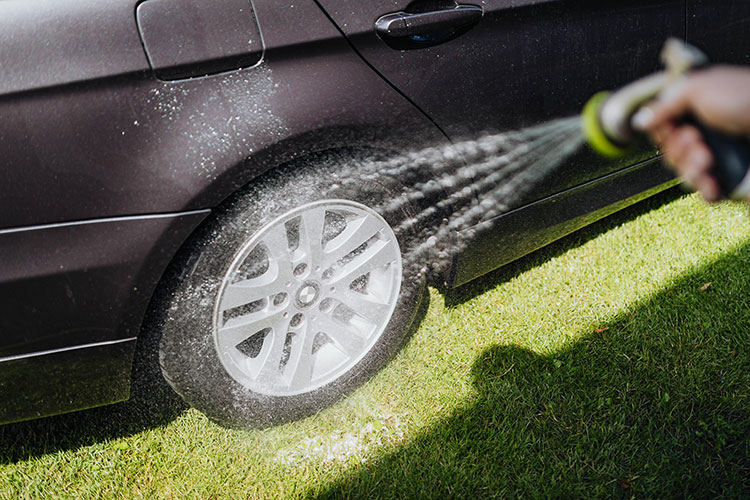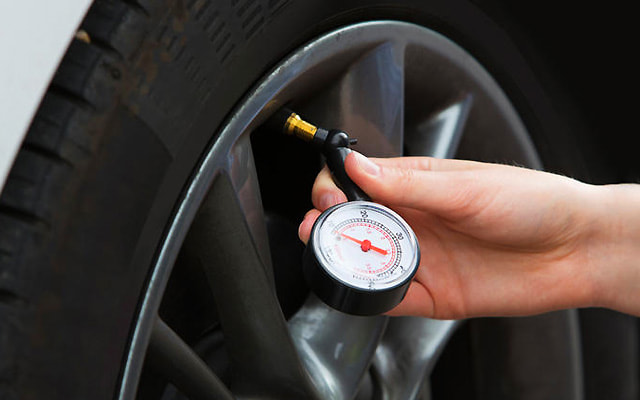The Importance of Regularly Rotating Your Tyres
Your car’s tyres are an essential part of its performance and safety. They provide grip and traction, absorb shock and impacts, and help maintain stability and control. But, over time, your tyres can wear out unevenly, which can affect their lifespan and performance. Regularly rotating your tyres can help distribute wear evenly, prolong their lifespan, and save you money in the long run. In this article, we’ll explore why it’s important to rotate your tyres, how often to do it, and the difference it makes to your tyres and motoring performance.
Why is it important to rotate your tyres regularly?
Your car’s tyres can wear out unevenly for several reasons, including:
- Different weight distribution: Depending on your car’s design and usage, some tyres may bear more weight than others, causing them to wear out faster.
- Different driving conditions: Tyres that are exposed to harsher driving conditions, such as rough roads or high speeds, can wear out faster than those that are not.
- Misaligned wheels: Wheels that are not properly aligned can cause uneven wear on your tyres.
By regularly rotating your tyres, you can help distribute wear evenly, which can extend their lifespan and improve your car’s performance. Here are some benefits of rotating your tyres regularly:
- Prolonged lifespan: By evenly distributing wear, you can help your tyres last longer, which can save you money in the long run.
- Improved performance: Evenly worn tyres can improve your car’s handling, traction, and stability, which can improve your safety on the road.
- Better fuel efficiency: Evenly worn tyres can improve your car’s fuel efficiency by reducing rolling resistance.
How often should you rotate your tyres?
The frequency of tyre rotation depends on your car’s design and usage. In general, it’s recommended to rotate your tyres every 10,000 to 12,000 kilometres, or as recommended by your car’s manufacturer. However, if you notice any uneven wear or other tyre problems, it’s best to consult a World of Tyres team member.
How to rotate your tyres?
Rotating your tyres involves moving them from one position to another. The most common rotation pattern is the cross rotation, which involves moving the front tyres to the opposite rear position and the rear tyres to the opposite front position. Here are the steps:
- Visit one of our World of Tyres branches – but if you want to know, then this is a basic rundown…
- Check your tyres: Before rotating your tyres, check their condition, tread depth, and pressure. If any tyre has less tread than the others or is damaged, it’s best to replace it.
- Follow the rotation pattern: Follow the recommended rotation pattern for your car, as specified in the owner’s manual or by your mechanic.
- Check the wheel alignment: After rotating your tyres, check the wheel alignment to ensure that all wheels are properly aligned.
The difference it makes to your tyres and motoring performance
By regularly rotating your tyres, you can enjoy several benefits, including:
- Evenly worn tyres: Regular rotation can help distribute wear evenly, reducing the need for premature replacement of your tyres.
- Improved performance: Evenly worn tyres can improve your car’s handling, traction, and stability, which can improve your safety on the road.
- Better fuel efficiency: Evenly worn tyres can improve your car’s fuel efficiency by reducing rolling resistance.
In conclusion, regularly rotating your tyres is a simple yet crucial step in maintaining the performance and safety of your vehicle. By following the steps outlined in this article, you can ensure that your tyres wear evenly, last longer, and provide better performance, saving you money in the long run.


